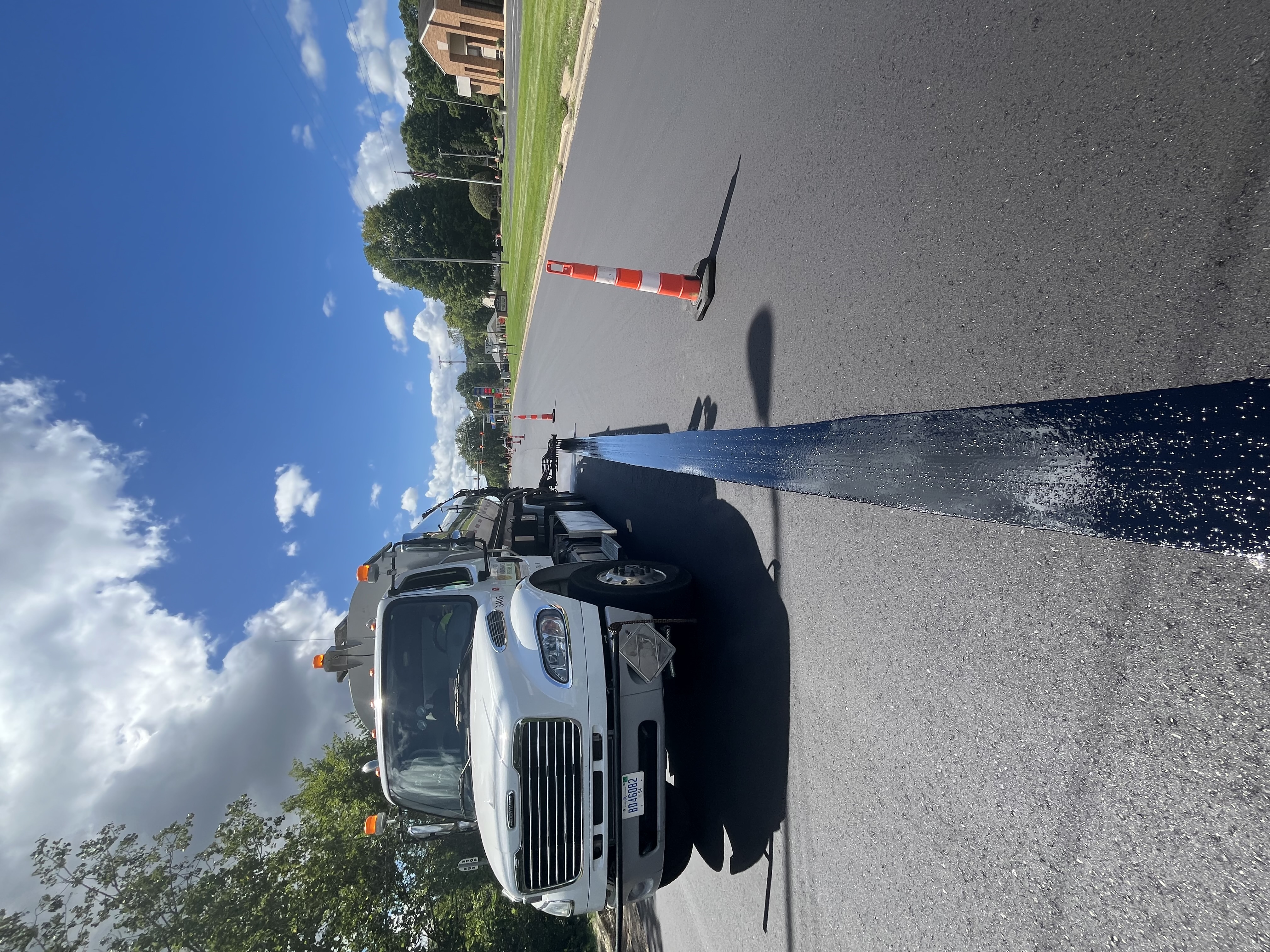Longitudinal joint deterioration has posed a continual issue for engineers, applicators, and the communities we live in. When longitudinal joints fail, the rest of the pavement is soon to follow, leading to unplanned road maintenance at significant cost and risk to agencies and the public. Void Reducing Asphalt Membrane (VRAM) was...






